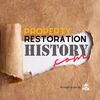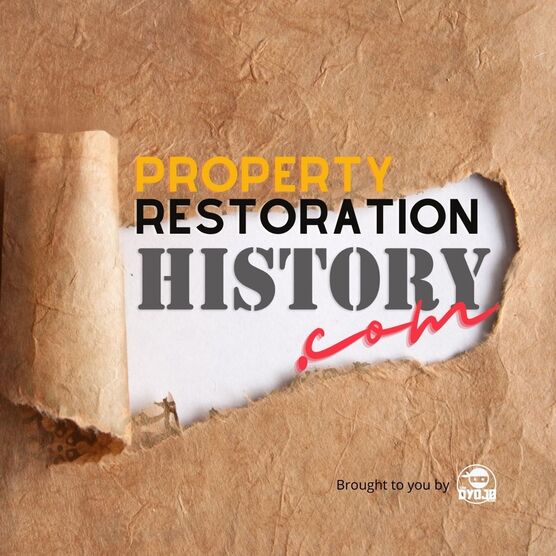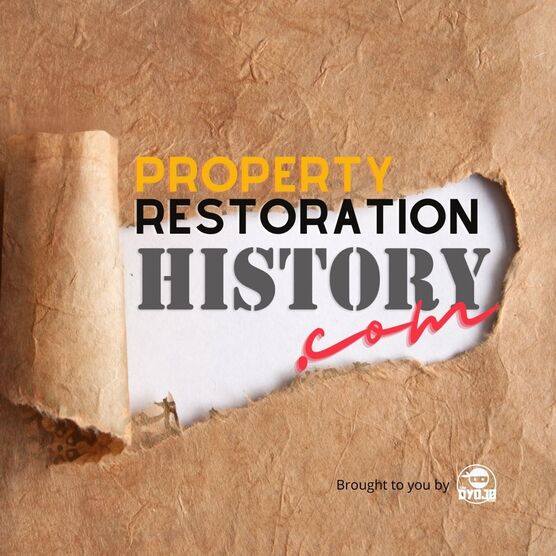|
Jeff Cross is the host of Straight Talk from ISSA Media which is the group that publishes Cleanfax Magazine. While his show is normally fifteen minutes or less, he rolled extra tape to dive into the history of the Restoration Industry Watchdogs with Cliff Zlotnik and Pete Consigli. For nearly an hour, Jeff and his guests discuss some of the questions the two Watchdogs and others started asking when issues with the formation and revision of the standards came about. The symbol of the Restoration Industry Watchdogs is the German Shepard. When asked to define what a Watchdog is, Pete says. "We challenge what's out there. We ask a lot of questions. We don't always know the answers but we're curious." As the industry was developing the first S520 which is the Standard Reference Guide for Professional Mold Remediation Pete, Cliff, and several others began asking some probing questions about the behind the scenes process and the motivations of some of the players. Standards of Care for Property RestorationCliff believes there have been some key questions that need to be asked whenever standards of care are being composed. Cliff says that there is a problem when we abdicate responsibility from the contractor to a book. The voluntary standards for the restoration industry came as a response to some litigation issues. The American National Standards Institute (ANSI) is a private non-profit organization that oversees the development of voluntary consensus standards for products, services, processes, systems, and personnel in the United States. There are two approaches of standards:
As well as two types of standards:
The standards of care for the property restoration industry have been voluntary in that they are not compulsory such as OSHA standards. They are also prescriptive, outlining how something should be done but not always quantifying the performance outcomes. Asking Good QuestionsIn 2003 Pete and Cliff co-wrote an article, The Future of the Water Loss Industry: Joy and Prosperity or Gloom and Doom? for Cleaning and Restoration (C&R) Magazine. Some people took offense to the publication, as the pair share in this interview, but they were asking the right questions. Being contentious is not a bad thing, a good debate helps to refine the process and builds a better end product through "contentious collaboration."
The pair mentions in the article, "As professional restorers engaged in the sewage and mold remediation segment of Unnecessary Use of Big WordsCliff closes the discussion with a recap of his reservations about fear mongering that was used in the creation of prior standards and still being promulgated in the development of upcoming standards such as fire restoration. He mentions that some people like to hide behind big words in contrast to a pure sign of having a deep knowledge of a subject is whether you can explain it in simple terms to a six year old.
Additional resources on this topic:
0 Comments
We are working to track down and share the people, innovations, movements, and stories from the evolution of the property restoration industry. The goal of this site is to be a collection of shared memories, photographs, videos, audio segments, documents, relics, and stories. We want to learn from and honor our past and we need your help. Please reach out if you have something to add or a lead on an interesting fact.
|
AuthorWe are tracking down and sharing the people, innovations, movements, and other fun facts from the evolution of the property restoration industry. Please reach out if you have stories and relics to share. Archives
July 2023
Categories
All
Sponsors: |
|
|


 RSS Feed
RSS Feed

